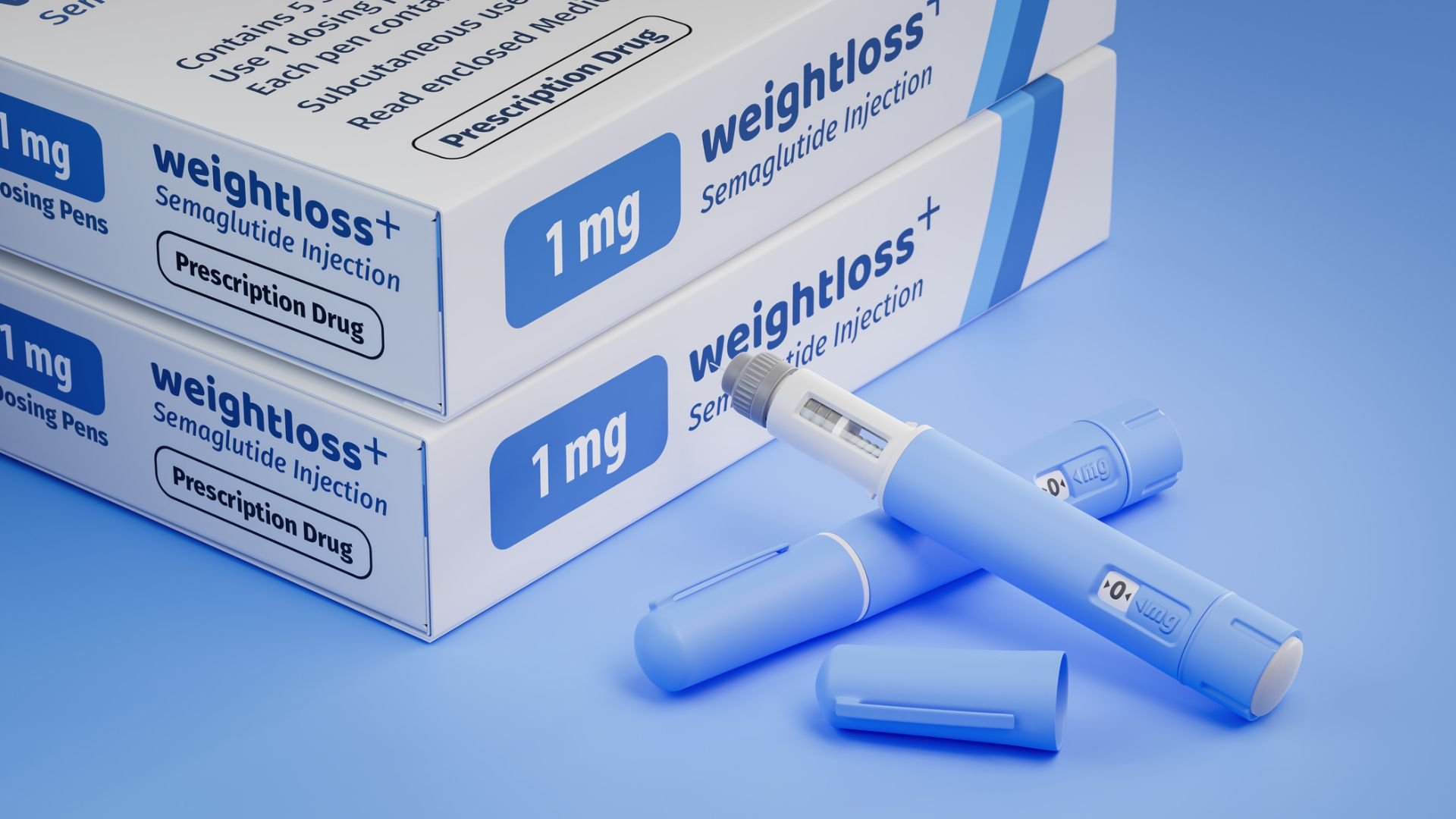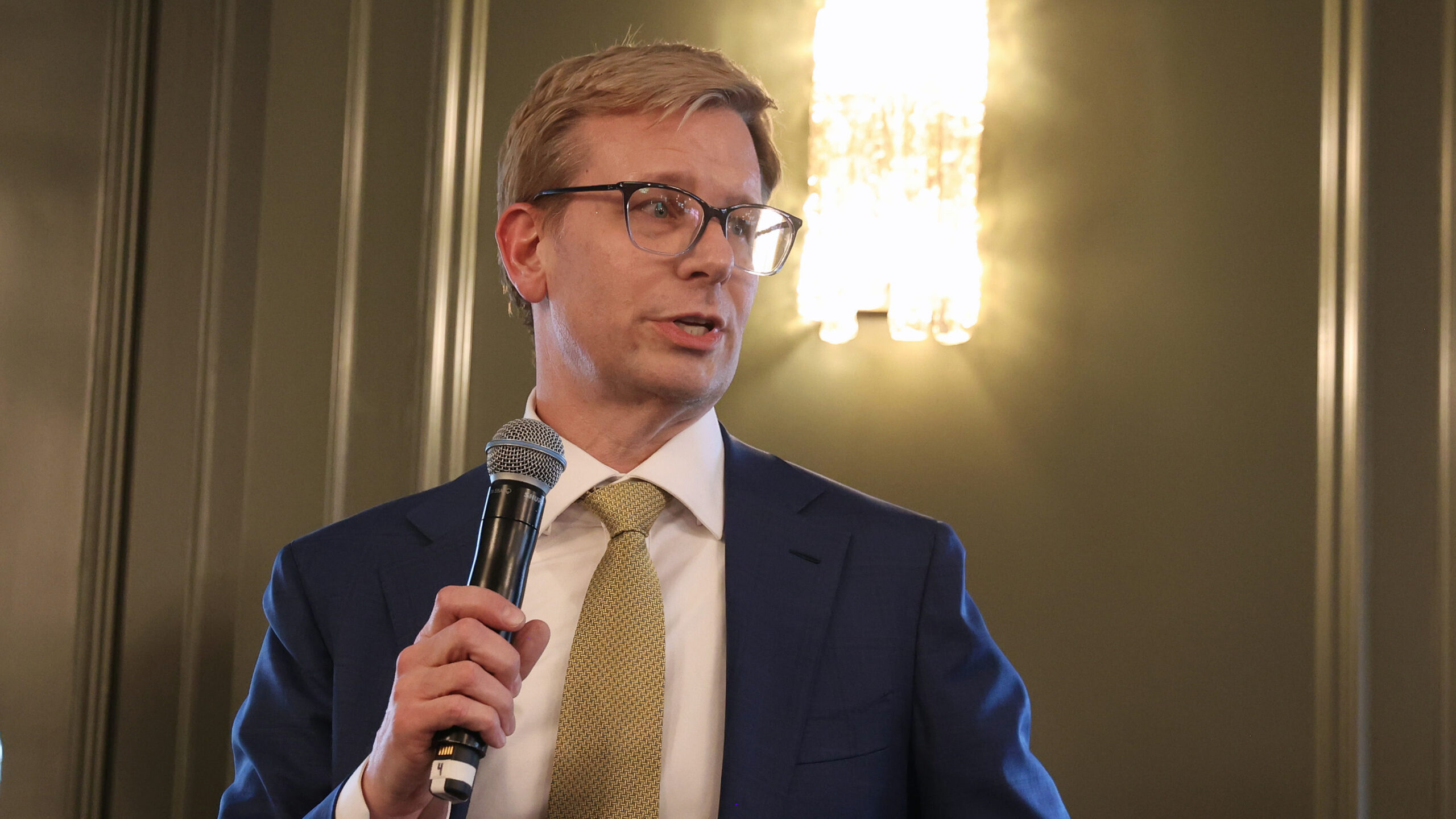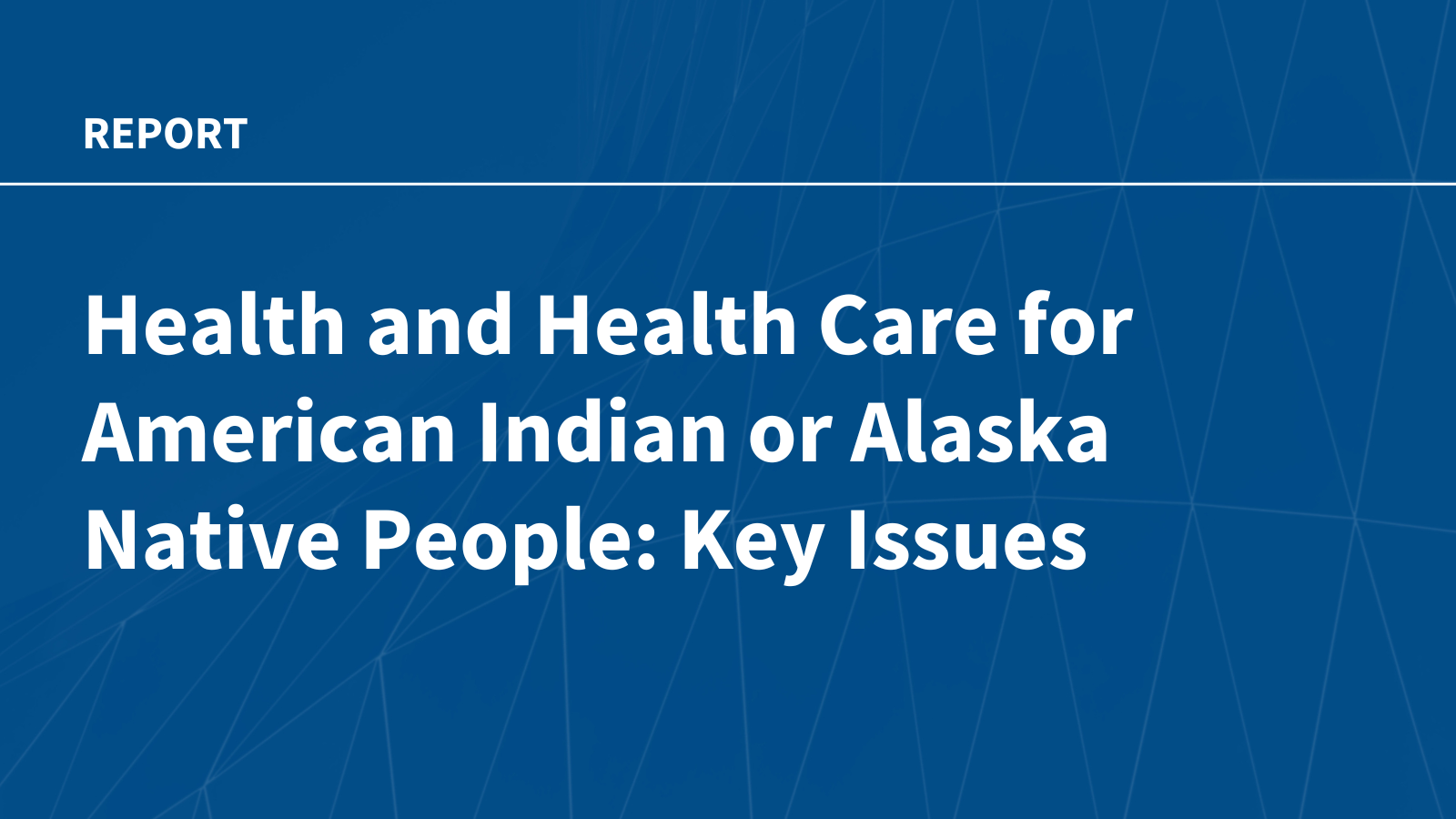A new startup launched out of stealth Thursday to help health systems purchase the best value artificial intelligence for their patients and solve the persistent issue of commercialization for AI inventors.
The company, Vega Health, was founded by physician Mark Sendak, M.D., the former population health and data science lead at the Duke Institute for Health Innovation (DIHI) at Duke University. The company was launched with $4 million in seed funding from Bessemer Venture Partners.
Through his work at Duke building, commercializing and implementing AI models, Sendak has come up against a slew of issues for AI developers and for health systems that his startup hopes to solve.
Vega aims to bridge the gap between inventors who have built high-quality healthcare AI models and healthcare organizations that need them. The company serves as a type of middleman for the two, working with health systems on monitoring AI and working with developers to commercialize their products.
“There was a CMIO (chief medical information officer) who I spoke to a few weeks ago … and the way he put it was, ‘I have expended all of my resources trying to keep up with AI.’ That is the problem we’re trying to solve,” Sendak, Vega’s CEO, said.
Health systems are struggling to know what AI solutions to purchase, how they can assure the model works on their population and how they will monitor the model’s performance over time. Vega offers a curated marketplace of vetted AI models health systems can choose from.
The marketplace will initially offer about a dozen models from Duke University, though Vega is in talks with other model developers to distribute their models, too.
Once Vega installs its platform for customers and plugs into data feeds like electronic health record data, the company can test whether the models on its platform will work for the customer’s patient population. Customers can then compare models based on their local performance at the point of purchase.
Once a health system purchases a model, Vega will start to share revenue with the model owner and inventor.
Vega will also do ongoing performance monitoring of the models it implements at health systems, which has been a major stressor for healthcare organizations. His perspective is that the model owner should do the ongoing performance monitoring, because most health systems lack the expertise to do so.
Vega will monitor technical performance of the model, adoption by front-line workers, interventions and outcomes. Sendak said if they can see that the model is not creating value for the customer, they will advise them on whether to continue paying for the product.
“Let’s imagine a world where small organizations had an external partner that relieved the burden from them to think about all those things that they should do, and actually just did it on their behalf in an objective, transparent way, so that every small organization doesn’t have to learn how to do pre-implementation and post-implementation evaluation for every single AI solution that they’re looking at,” Sendak said.
The issues for health systems are just one piece of a complicated puzzle in the ecosystem of health AI.
One of Sendak’s formative experiences was developing a sepsis prediction model, Sepsis Watch, at the DIHI. Sendak was the first project manager for the development of the model, which uses novel technology to warn clinicians of patient deterioration.
After years of development, testing and a multimillion-dollar grant from the federal government to commercialize the model, it has only been deployed at two health systems. He attributes the low adoption to the fact that inventors don’t have existing distribution channels, unlike electronic health record companies, which can easily flip a switch to release an AI product to a customer.
“We’re talking about 10 years to have a methodological breakthrough translated into practice, licensed to a commercial entity, federal funding to accelerate commercialization, and you see a market penetration of two health systems,” Sendak said.
He continued: “There will come a moment, and there already have been these moments where people show that AI can save lives. And the question is, how long should we be waiting for those solutions to massively scale and save as many lives as they could save?”
By securing the distribution rights from model owners and working with inventors, Vega can offer inventors a legitimate path to commercialization. Being in touch with the inventor means that any issues that arise while the model is in deployment with a health system can be solved with the owner. It will also update the models its customers use to keep pace with methodological advances.
When a customer evaluates a model, Vega will share the performance evaluation back with the inventor—at no cost—so they can improve the model, which Sendak said was a radical change. “It’s actually very hard for an inventor to do a study of how well their product works in other environments,” he explained.
Another formative experience for Sendak was running the Health AI Partnership (HAIP), an education and technical assistance group that he started at the DIHI. The partnership assists healthcare delivery organizations such as rural health clinics with AI implementation.
The group, which Sendak is still a part of, is focused on postmarket support for AI, rather than premarket controls like setting guidelines for developers to follow. However, the HAIP couldn’t do the last mile implementation of AI for health systems because of its limits as a nonprofit and university entity.
“What HAIP cannot do is actually do that last mile infrastructure, sourcing, implementation, analysis, and this is, historically, the bounds of universities, this is the role of tech transfer when you need to scale technology or innovation beyond the walls of the university that happens through commercial partnerships.”
Sendak will continue to participate on the leadership council of the HAIP and views the work of the partnership and Vega as complementary. He has received warm reception from hospitals and developers about the premise of Vega.
“Everyone was enthusiastic about a distribution partner that could aggregate the AI assets across the community,” Sendak said. “And then when I started going to community hospital systems, I would say, very strong resonance. I think there is a mandate in the C-suite of most healthcare organizations today to rapidly accelerate their internal capabilities and maturity in terms of using AI and many of these systems are trying to figure out who their external partner will be to build these capabilities.”
Publisher: Source link










